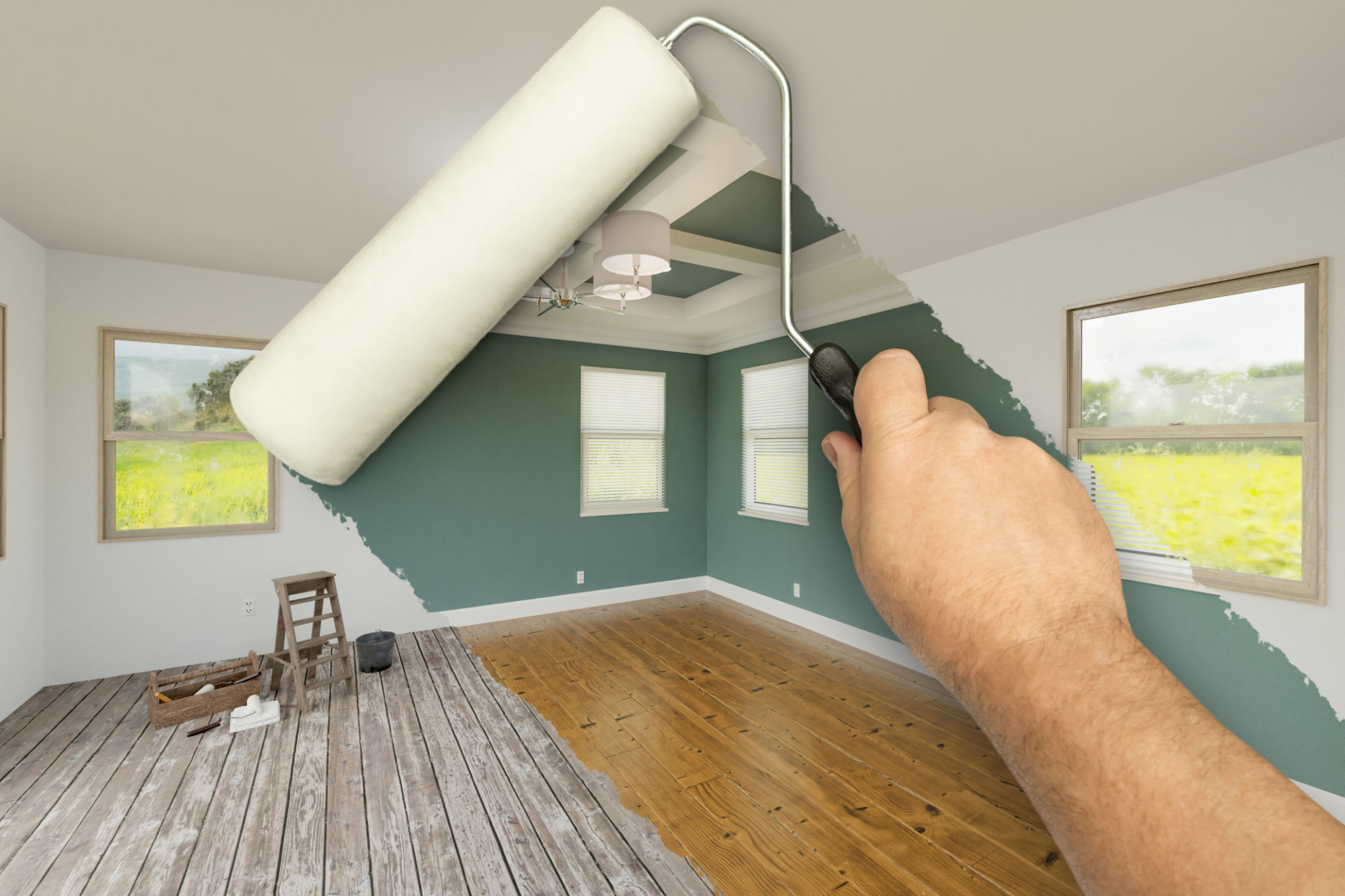Local Insights: How South African Climate Affects House Painting
Understanding the South African Climate
South Africa's climate is diverse, ranging from arid desert conditions to lush subtropical environments. This diversity can significantly impact house painting projects. Whether you're a homeowner or a professional painter, understanding how the climate affects paint and surfaces is crucial for long-lasting results.
In general, South Africa experiences a mix of hot, dry summers and mild, wet winters. These climatic variations can influence paint selection, application timing, and maintenance practices. Knowing the local weather patterns is essential for achieving a flawless finish.

Choosing the Right Paint for Different Climates
When painting in South Africa, the type of paint you choose should align with regional conditions. For dry areas like the Karoo, selecting a paint that resists cracking under intense sun exposure is vital. In contrast, coastal regions require paint with robust resistance to salt and moisture.
An effective approach is to use high-quality, weather-resistant paints. These are designed to endure extreme temperatures and prevent fading, peeling, or chipping. Opting for reputable brands that offer UV protection and water resistance ensures that your paint job remains vibrant and intact over time.

Timing Your Painting Project
The timing of your painting project can make a significant difference in its success. In South Africa, it is generally advisable to paint during the drier months to avoid issues with humidity and rain. This is particularly important for exterior painting projects.
An ideal time for painting in most regions is during late spring to early summer when the weather is warm but not excessively hot. It's important to avoid painting during midday heat as it can cause the paint to dry too quickly, leading to imperfections.
Preparation and Maintenance
Proper preparation is key to a successful painting project. This includes cleaning surfaces thoroughly, repairing any damage, and applying appropriate primers. In areas prone to moisture or salt exposure, additional steps may be necessary to prevent corrosion or mildew.
Regular maintenance is also essential for keeping your paintwork looking fresh. This involves inspecting your painted surfaces regularly for signs of wear or damage and addressing any issues promptly. Routine touch-ups can help extend the life of your paint job, saving time and money in the long run.

Sustainable Painting Practices
As awareness of environmental issues grows, many South Africans are opting for eco-friendly painting solutions. Choosing low-VOC (volatile organic compounds) paints helps reduce harmful emissions and promotes healthier indoor air quality.
Additionally, selecting paints that require fewer reapplications contributes to sustainability by minimizing waste and conserving resources. Embracing these practices not only benefits the environment but also enhances the well-being of those living in painted spaces.
Conclusion: Enhancing Your Home's Aesthetic
Understanding how South Africa's climate affects house painting allows homeowners and painters to make informed decisions that enhance the beauty and longevity of their work. By considering climate-specific factors, choosing the right materials, and practicing sustainable methods, you can achieve stunning results that withstand the test of time.
Whether you're refreshing a single room or embarking on a complete exterior renovation, taking local climate into account ensures a successful painting project that adds value and curb appeal to any property.
